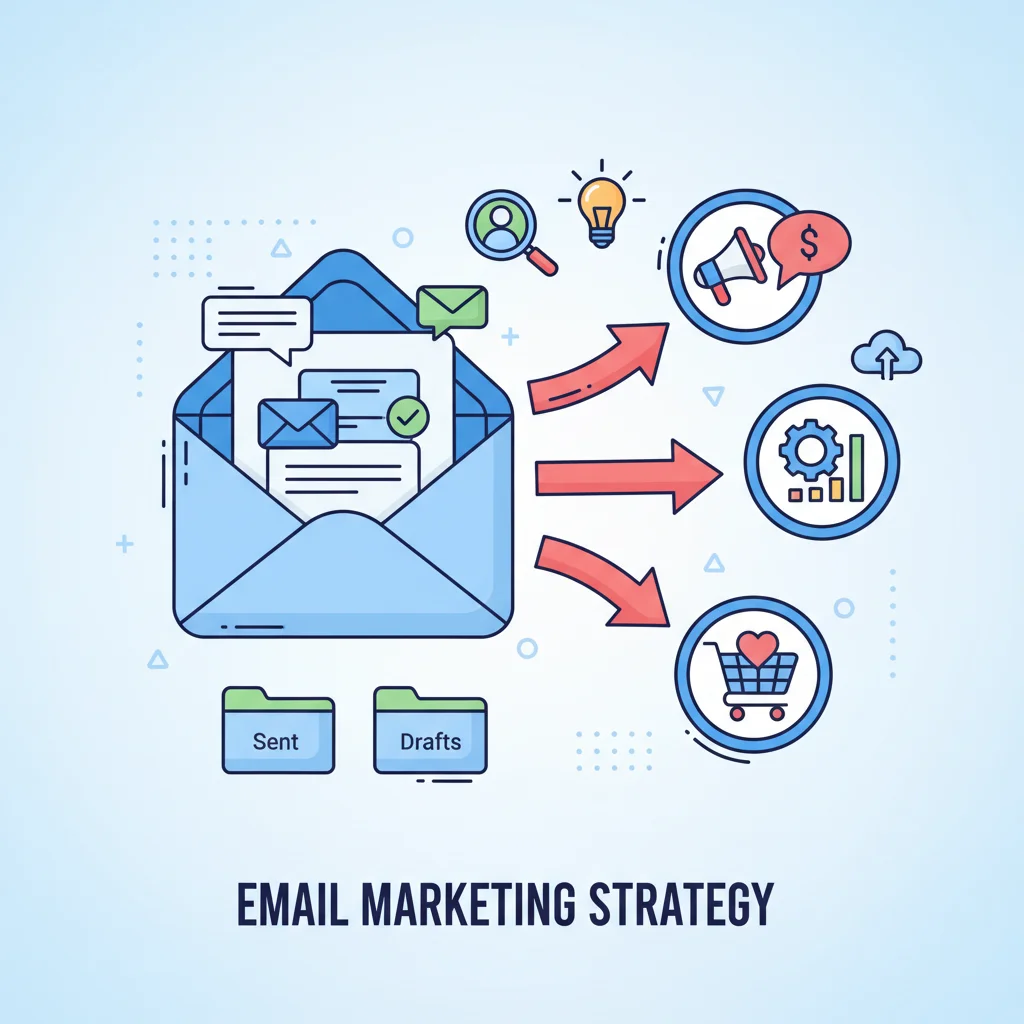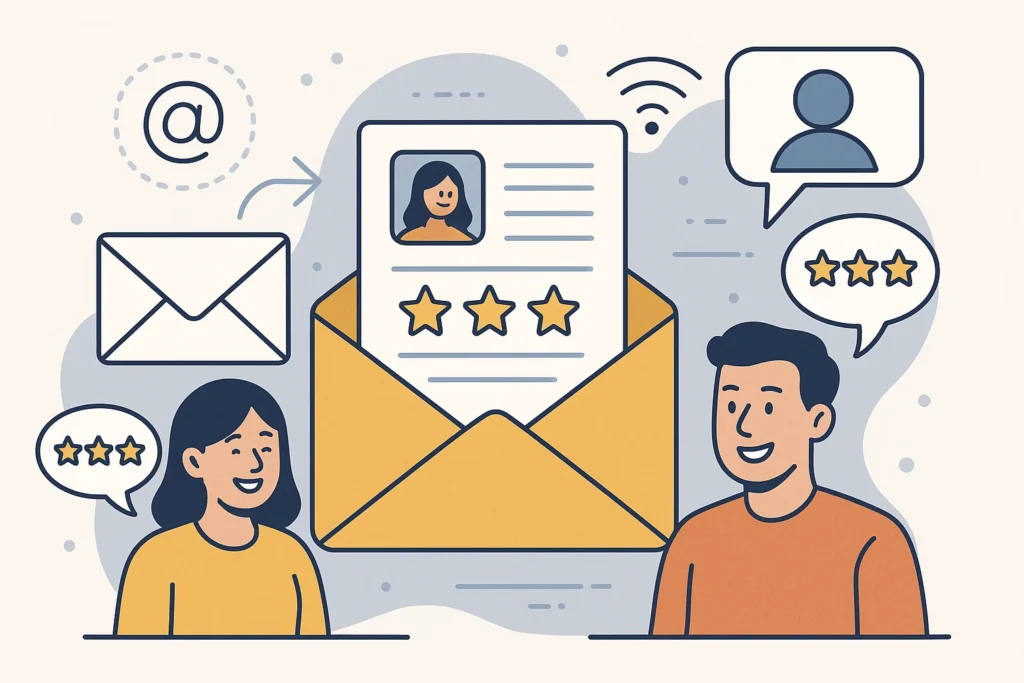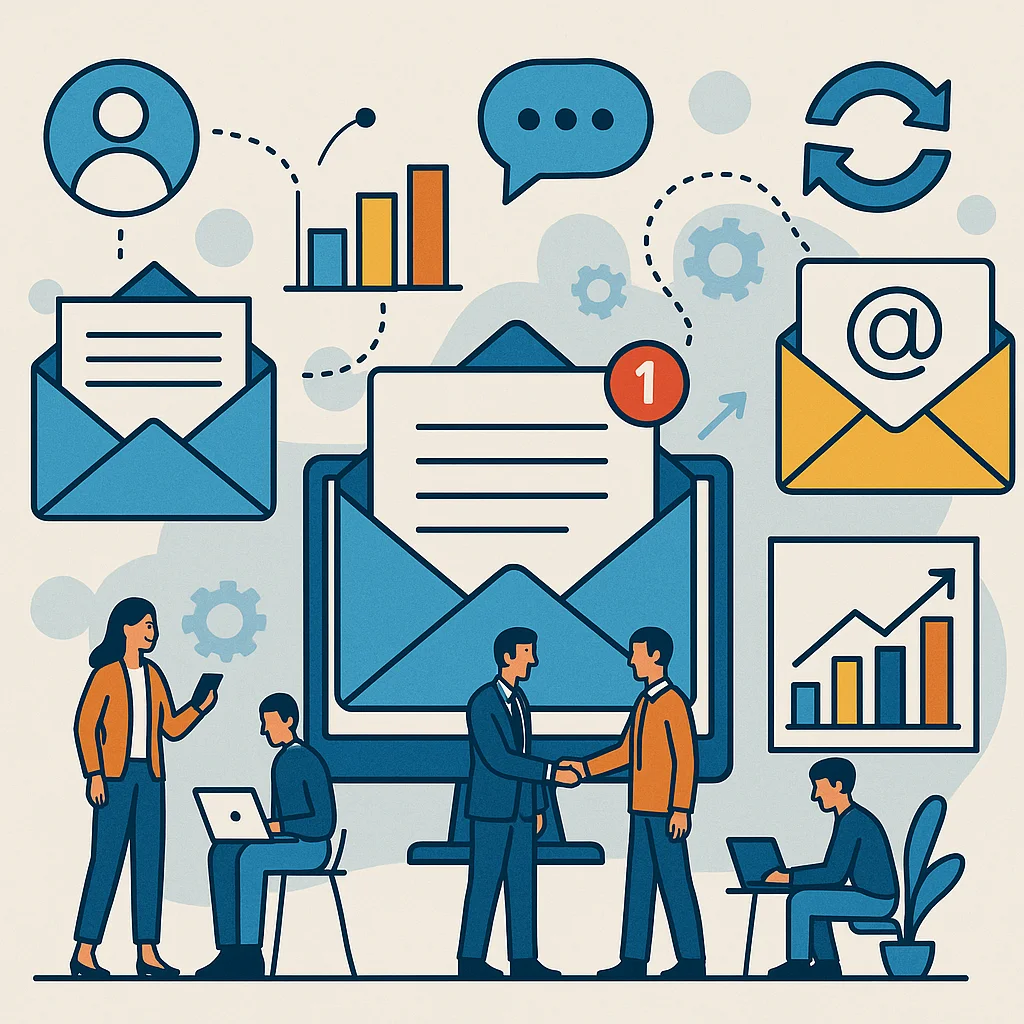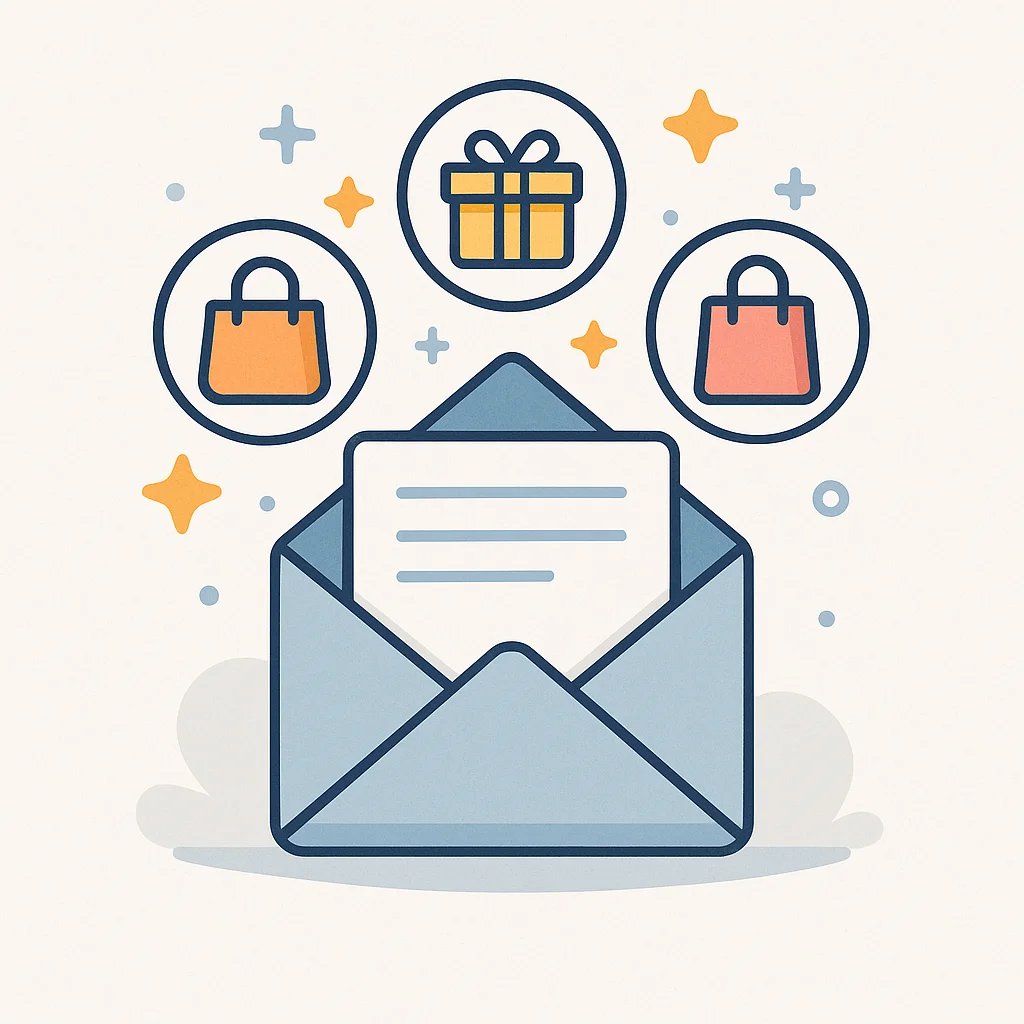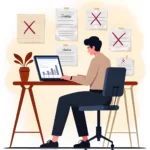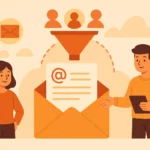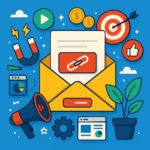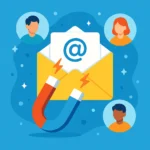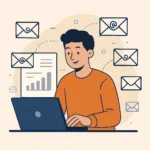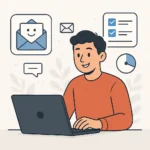Now Reading: 8 Email Marketing Automation Best Practices Every Marketer Needs
-
01
8 Email Marketing Automation Best Practices Every Marketer Needs
8 Email Marketing Automation Best Practices Every Marketer Needs
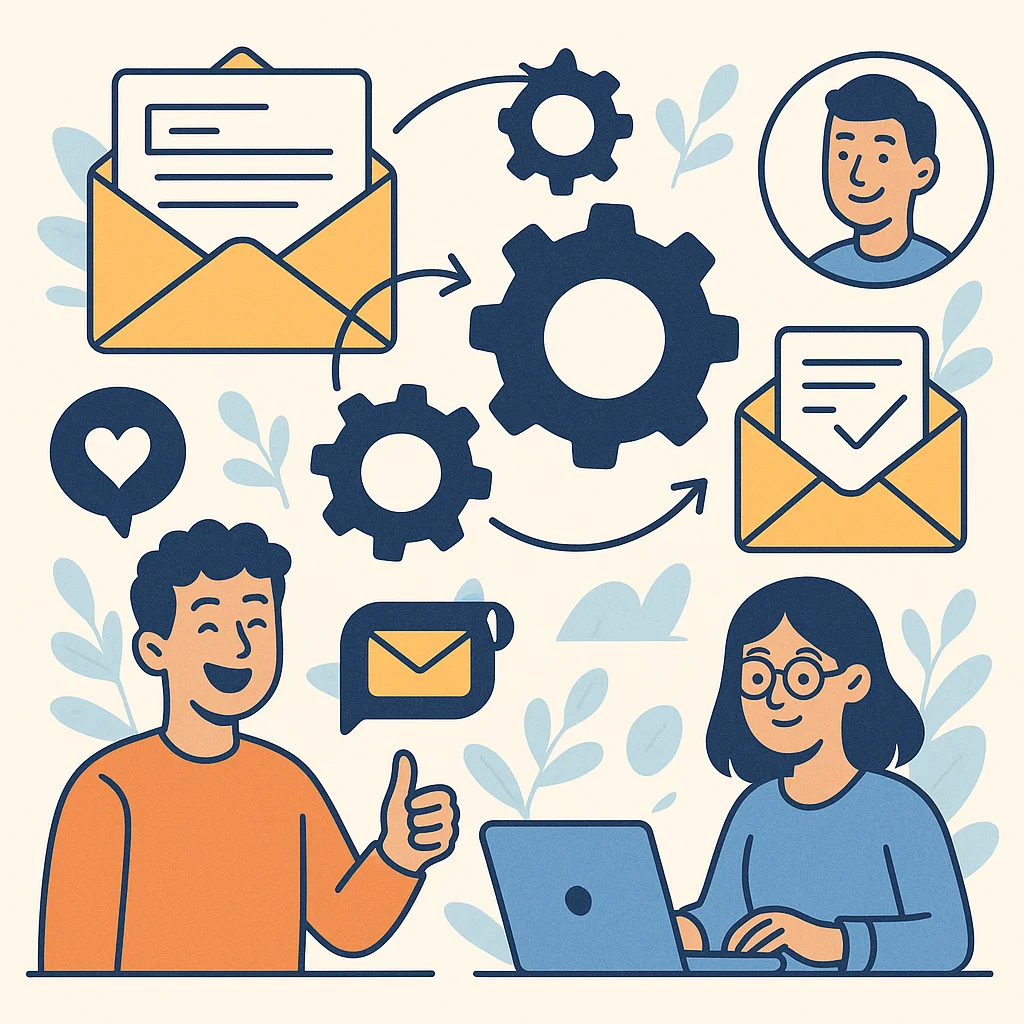
Let me guess – you set up an email automation sequence months ago and haven’t touched it since. Maybe it’s working okay, maybe it’s not, but you’re too busy to figure out how to make it better. I get it. But here’s what’s happening while you’re focused on other things: your automated emails could be working 10x harder for you. The difference between mediocre automation and revenue-generating automation comes down to following proven email marketing automation best practices.
Key Takeaways
Here are the essential email marketing automation best practices that’ll transform your campaigns from “meh” to “money-making machine”:
- Choose the right automation platform with features like segmentation, behavioral triggers, and analytics
- Segment your audience based on behavior, demographics, and engagement levels for targeted messaging
- Personalize beyond first names using purchase history, browsing behavior, and lifecycle stage
- Set up behavior-based triggers that respond to specific customer actions and inactions
- Create email templates for welcome sequences, abandoned carts, and re-engagement campaigns
- Map out customer journeys to deliver the right message at the right time
- Test and optimize continuously through A/B testing subject lines, content, and send times
- Focus on deliverability by managing sender reputation and avoiding spam triggers
Choose The Right Email Marketing Platform
Your automation is only as good as the platform powering it. I can’t stress this enough – picking the wrong tool is like trying to build a house with a plastic hammer. It might work for a while, but eventually, everything falls apart.
Look for platforms that offer robust segmentation capabilities. You need to slice and dice your audience based on behavior, demographics, purchase history, and engagement levels[1]. If your platform can’t handle complex segmentation, you’re already behind.
Behavioral triggers are non-negotiable. Your platform should automatically send emails when someone abandons their cart, downloads a resource, or hits a specific milestone[2]. Without these triggers, you’re missing out on the most powerful aspect of automation.
Don’t forget about analytics and reporting. You need to see open rates, click-through rates, conversion rates, and revenue attribution. If you can’t measure it, you can’t improve it[1].
Here’s what to look for in an automation platform:
- Drag-and-drop workflow builder
- Advanced segmentation options
- Behavioral trigger capabilities
- A/B testing functionality
- Integration with your existing tools
- Deliverability optimization features
Useful Articles:
Build And Segment Your Email List Strategically
List building isn’t just about collecting as many email addresses as possible. Quality beats quantity every single time. I’d rather have 1,000 engaged subscribers than 10,000 people who never open my emails.
Start with opt-in forms on your website, landing pages, and social media. But here’s where most people mess up – they don’t segment from the moment someone subscribes[1].
Segmentation Strategies That Actually Work
Behavioral segmentation is your secret weapon. Track what people do on your website, which emails they open, and what links they click. Someone who’s been browsing your pricing page five times is very different from someone who just signed up for your newsletter[2].
Demographic segmentation helps you tailor your messaging. Age, location, and job title all influence how someone wants to be communicated with. A 25-year-old startup founder in San Francisco has different needs than a 45-year-old marketing director in Ohio.
Purchase pattern segmentation is pure gold for e-commerce businesses. First-time buyers, repeat customers, and high-value customers all need different treatment[1].
Here’s a simple segmentation framework:
- New subscribers (0-30 days)
- Engaged subscribers (opened emails in last 30 days)
- At-risk subscribers (no engagement in 60+ days)
- Customers (made at least one purchase)
- VIP customers (multiple purchases or high value)
Create Behavior-Based Trigger Campaigns
This is where automation gets really exciting. Instead of sending emails based on arbitrary schedules, you’re responding to what people actually do. It’s like having a conversation instead of shouting into the void.
Abandoned cart sequences are the low-hanging fruit. Someone adds items to their cart but doesn’t complete the purchase? That’s your cue to step in[2].
Subject: You left something behind!
Hi [First Name],
I noticed you were checking out some great items but didn't complete your order. No worries - happens to the best of us!
Your cart is saved and waiting for you:
[Product Name] - $XX.XX
[Product Name] - $XX.XX
Complete your order now and get free shipping on orders over $50.
[Complete Purchase Button]
Need help? Just reply to this email.
Thanks,
[Your Name]Browse abandonment emails catch people who looked at products but didn’t add them to their cart. These often perform better than abandoned cart emails because you’re catching people earlier in their decision process[2].
Post-purchase sequences keep the momentum going after someone buys. Thank them, provide useful information about their purchase, and start building the relationship for future sales.
Advanced Trigger Ideas
Milestone celebrations make customers feel special. Someone’s been a subscriber for a year? Celebrate it. They just made their 10th purchase? Acknowledge it[1].
Re-engagement campaigns target people who haven’t opened your emails in a while. Instead of just asking “do you still want to hear from us?” give them a reason to stay engaged.
Subject: We miss you (and we have a peace offering)
Hi [First Name],
I noticed you haven't opened our emails lately. Maybe we've been too chatty, or maybe life got busy. Either way, no hard feelings.
But before you go, I wanted to share something special - a 20% discount just for you.
[Claim Your Discount]
If you're not interested, no worries. You can unsubscribe below and we'll part as friends.
Still here? Awesome. Let's make our emails worth your time again.
[Your Name]Useful Articles:
Master Email Personalization Beyond First Names
Everyone’s doing the “Hi [First Name]” thing. It’s not personalization anymore – it’s table stakes. Real personalization uses behavioral data to create relevant experiences[7].
Purchase history personalization is incredibly powerful. If someone bought running shoes, don’t send them emails about dress shoes. Send them content about running gear, training tips, or complementary products[10].
Browsing behavior personalization lets you follow up on what people are interested in. Someone spent 10 minutes on your pricing page? Send them a case study or customer testimonial, not a generic newsletter[2].
Lifecycle stage personalization ensures you’re meeting people where they are in their journey. New subscribers need different content than long-time customers[11].
Dynamic Content That Works
Product recommendations based on past purchases or browsing behavior can dramatically increase click-through rates and conversions[10].
Location-based content helps you send relevant offers. Someone in Minnesota probably doesn’t care about your beach gear sale in January.
Engagement-based content adapts to how people interact with your emails. Highly engaged subscribers might appreciate longer, more detailed content, while casual readers prefer quick, scannable emails.
Build Essential Email Templates
Templates save you time and ensure consistency, but they need to be flexible enough to feel personal. Here are the must-have templates for any automation strategy.
Welcome Email Series
Your welcome series sets the tone for the entire relationship. Don’t waste this opportunity with a boring “thanks for subscribing” email[12].
Subject: Welcome to [Company Name] - let's get you started!
Hi [First Name],
Welcome to the [Company Name] family! I'm [Your Name], and I'm excited to have you here.
Over the next few days, I'll be sharing:
- How to get the most out of [your product/service]
- Success stories from customers like you
- Exclusive tips and resources
Your first step: [specific action you want them to take]
Questions? Just hit reply - I read every email.
Excited to help you succeed,
[Your Name]
P.S. Keep an eye out for my next email tomorrow - I'm sharing the #1 mistake most people make with [your topic].Educational Drip Campaign
Education builds trust and positions you as an expert. These emails should provide value without being salesy[5].
Subject: The surprising truth about [topic]
Hi [First Name],
Most people think [common misconception], but here's what actually works:
[Share valuable insight or tip]
This is exactly what [customer name] did to [achieve result]. You can do the same by [specific action].
Want to dive deeper? Check out [resource].
Talk soon,
[Your Name]Re-engagement Campaign
Don’t let inactive subscribers just sit there. Either re-engage them or let them go[1].
Subject: Is this goodbye?
Hi [First Name],
I noticed you haven't been opening my emails lately. That's totally fine - inboxes get crowded and priorities change.
But before we part ways, I wanted to ask: what would make these emails more valuable to you?
- More [type of content]?
- Less frequent emails?
- Different topics altogether?
Hit reply and let me know, or if you're ready to move on, no hard feelings. You can unsubscribe below.
[Your Name]Useful Articles:
Optimize Timing And Frequency
Send time optimization can make a huge difference in your open rates. But here’s the thing – there’s no universal “best time” to send emails. It depends on your audience[9].
Test different send times and days of the week. B2B audiences often respond better to Tuesday-Thursday sends, while B2C can vary widely based on your industry.
Frequency optimization is about finding the sweet spot between staying top-of-mind and annoying your subscribers. Too many emails and people unsubscribe. Too few and they forget about you.
Start with a reasonable frequency (maybe weekly) and adjust based on engagement metrics. If your unsubscribe rate spikes, you might be sending too often. If engagement is low, you might not be sending enough.
Automation Timing Best Practices
Welcome emails should go out immediately after someone subscribes. Don’t make them wait[12].
Abandoned cart emails work best when sent within 1-3 hours of abandonment, with follow-ups at 24 hours and 72 hours[15].
Re-engagement campaigns should target subscribers who haven’t engaged in 60-90 days, depending on your typical email frequency.
Test And Optimize Continuously
A/B testing isn’t optional – it’s essential. Test subject lines, send times, email content, and calls-to-action. But here’s the key: only test one element at a time[3].
Subject line testing often provides the biggest wins. Try different approaches:
- Question vs. statement
- Urgency vs. curiosity
- Personal vs. benefit-focused
- Short vs. long
Content testing helps you understand what resonates with your audience. Test different email lengths, writing styles, and content formats.
CTA testing can dramatically impact your conversion rates. Test button colors, text, placement, and size.
What To Track
Open rates tell you how compelling your subject lines are, but they’re not the whole story.
Click-through rates show how engaging your content is and how well your CTAs work.
Conversion rates are what really matter – how many people take the action you want them to take.
Revenue per email helps you understand the true value of your automation campaigns[1].
Don’t just collect data – act on it. If a particular email in your sequence has low engagement, rewrite it. If certain segments respond better to different content, create separate paths for them.
Maintain Deliverability And Sender Reputation
All the best practices in the world won’t help if your emails don’t reach the inbox. Deliverability should be a top priority from day one[1].
List hygiene is crucial. Regularly remove inactive subscribers, bounced emails, and spam complaints. A smaller, engaged list is always better than a large, unengaged one.
Authentication protocols like SPF, DKIM, and DMARC help email providers verify that you’re a legitimate sender. Set these up properly or your emails might end up in spam folders.
Content optimization helps avoid spam filters. Avoid excessive capitalization, too many exclamation points, and spam trigger words like “FREE!!!” or “Act Now!!!”
Sender Reputation Factors
Engagement rates are the biggest factor in sender reputation. High open and click rates signal to email providers that people want your emails.
Complaint rates should stay below 0.1%. If people are marking your emails as spam, it hurts your reputation across all email providers.
Bounce rates should be minimal. Clean your list regularly to remove invalid email addresses.
Sending consistency matters too. Don’t go from sending weekly emails to daily emails overnight. Gradual changes are better for your reputation.
Following these email marketing automation best practices will transform your campaigns from basic broadcasts into revenue-generating machines. Start with the fundamentals – choose the right platform, segment your audience, and create behavior-based triggers. Then layer on personalization, optimize your timing, and test everything. Your future self (and your bank account) will thank you.


